Rewilding big cats is an ambitious and complex endeavor aimed at restoring these magnificent creatures to their natural habitats after they have spent a period in captivity. While the idea is appealing both from a conservation and ethical standpoint, several challenges arise when considering whether rewilded big cats can reintegrate successfully into wild ecosystems. This article delves into whether big cats can be fully rewilded after captivity, examining key factors and practical considerations.
The Appeal of Rewilding Big Cats
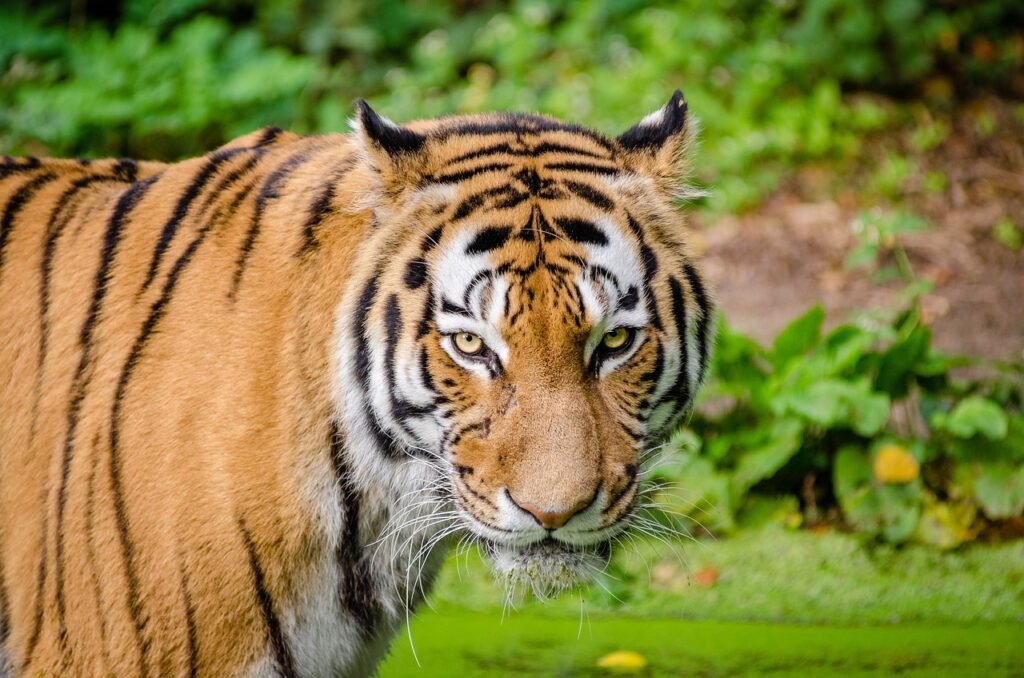
The notion of rewilding captivates conservationists and wildlife enthusiasts alike. It represents a chance to right past wrongs, offering rescued or rehabilitated animals an opportunity to live free. For big cats, whose natural lives are marked by solitude and vast roaming territories, captivity can be a confining and unnatural experience. Thus, rewilding offers not just a return to nature, but a hope for survival in diminishing habitats.
Challenges of Captivity: Behavioral Modifications and Dependency
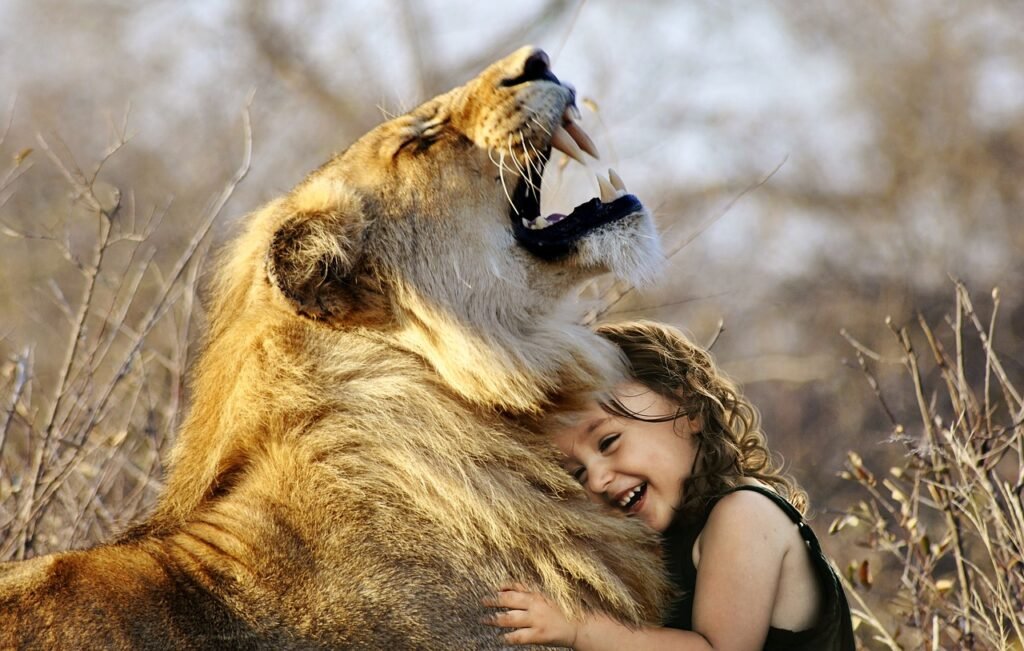
Big cats in captivity tend to experience significant behavioral modifications. Often dependent on humans for food, they may lose critical hunting and survival skills. Habituated to humans, these cats can become less fearful and more aggressive, posing dangers to themselves and local communities if released without proper rewilding protocols.
Assessing the Suitability of Individuals for Rewilding
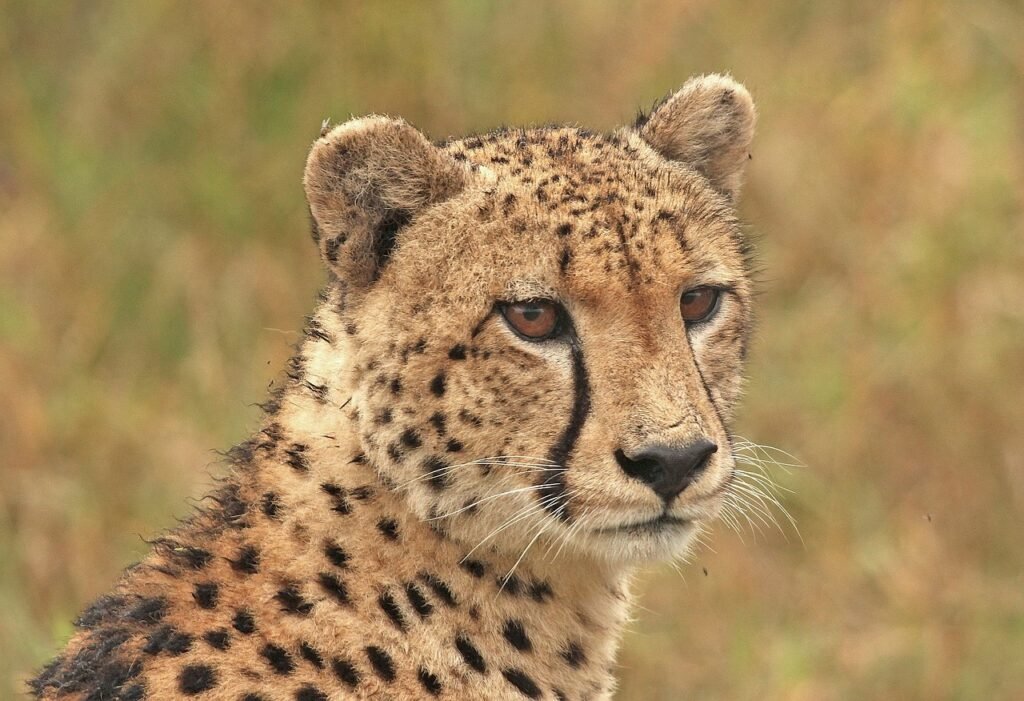
Not all big cats in captivity are candidates for rewilding. Suitable individuals must demonstrate the potential to adapt to natural environments and link their behaviors to survival skills rather than human interaction. This assessment is dynamic and considers age, health, prior experiences, and personality traits.
Training and Rehabilitation: Bridging Captivity and the Wild
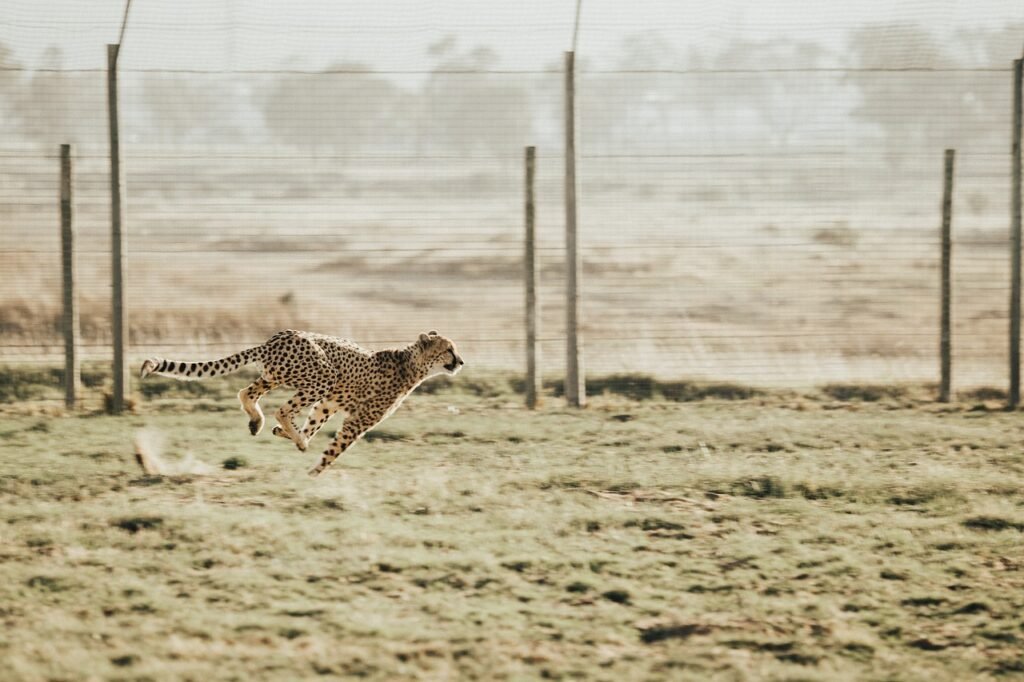
Training and rehabilitation programs are integral to rewilding efforts. These programs aim to reacquaint big cats with hunting, territorial behavior, and other instincts dulled or unused in captivity. Techniques often include reduced human contact, simulated hunting opportunities, and extensive use of large, controlled natural spaces.
Monitoring and Evaluation: Ensuring Successful Reintegration
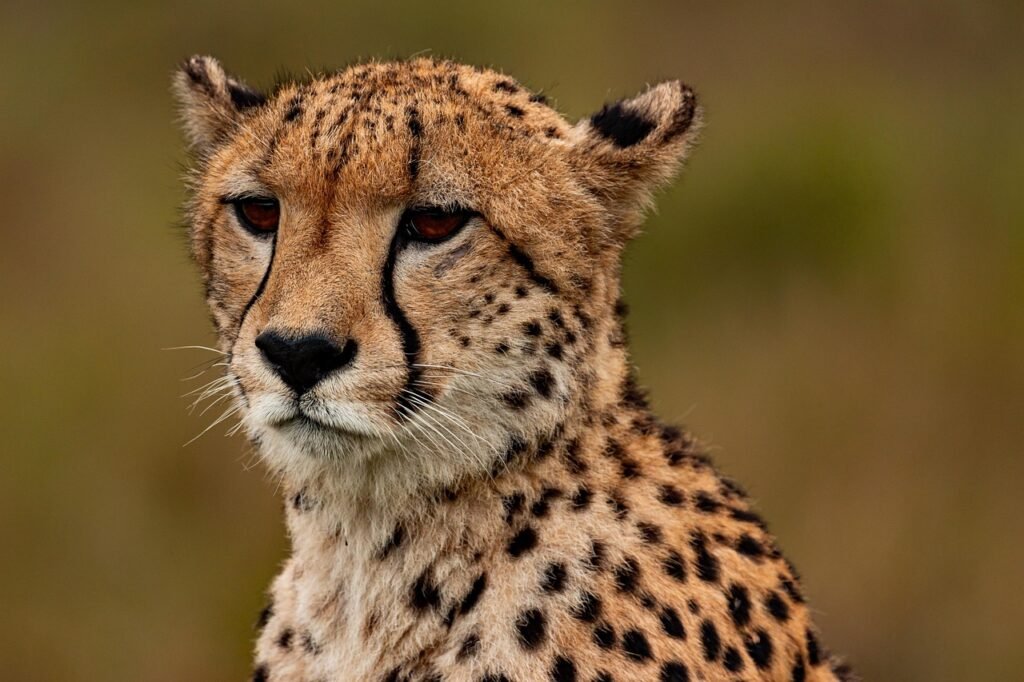
Once released, rewilded cats require meticulous monitoring to ensure successful reintegration. Technology plays a crucial role here, with GPS collars and camera traps providing data on movement patterns, hunting success, and interactions with other wildlife. Ongoing research helps refine strategies and improve rewilding outcomes.
The Role of Habitat Preservation in Rewilding Success
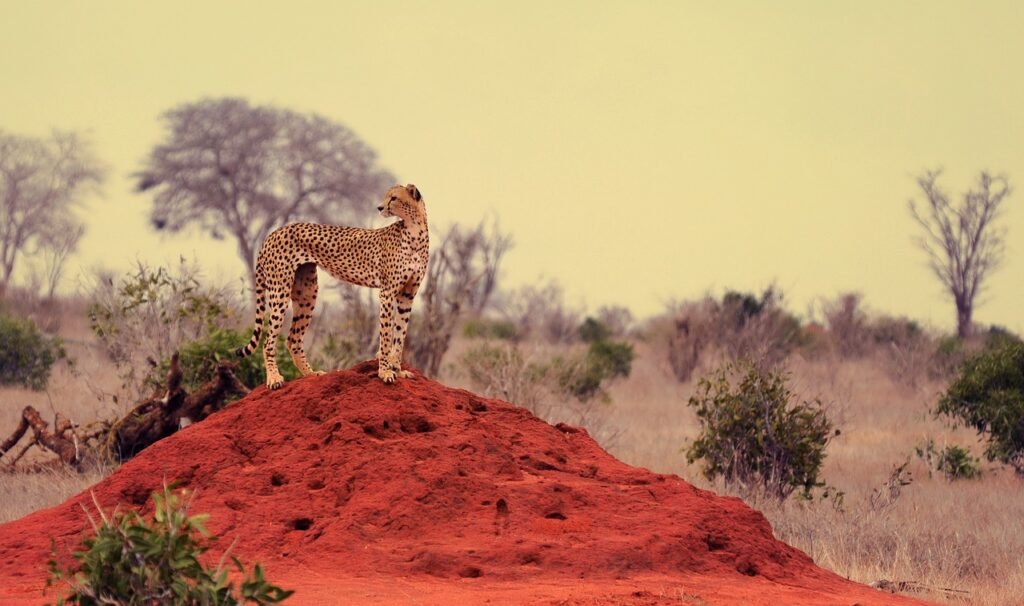
Rewilding can only be successful if suitable habitats exist. Habitat preservation is crucial, offering big cats the territory and resources they require. Efforts must balance human land uses with conservation priorities, ensuring the protection and connectivity of wildlife corridors that sustain big cat populations.
Ethical Considerations and Human Impact
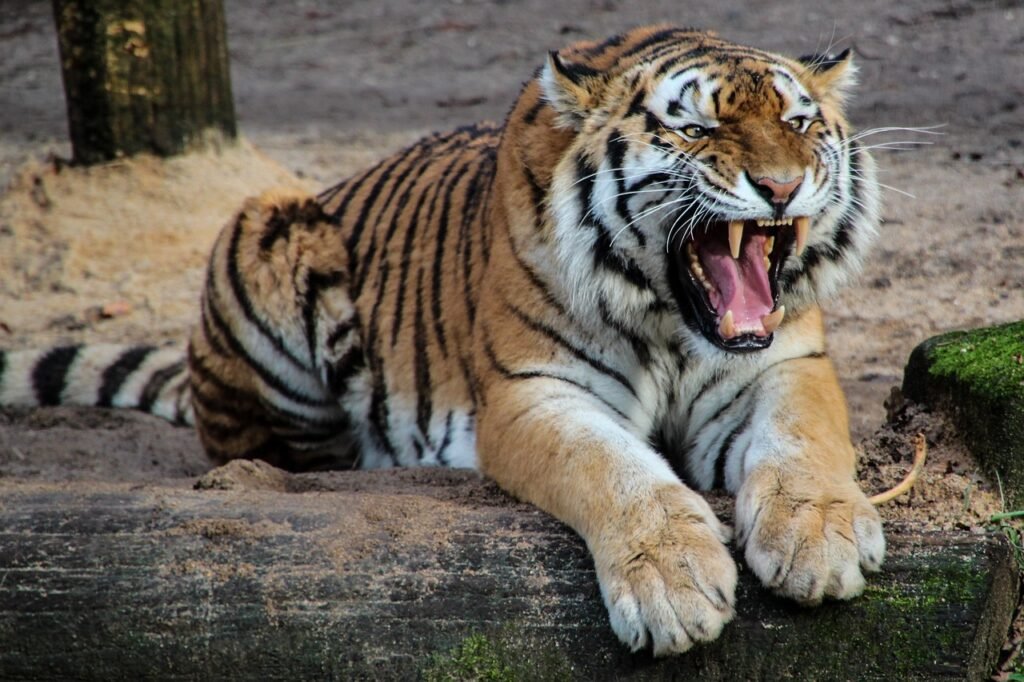
Ethical considerations pivot on human responsibility for captive situations and the moral implications of potential failure in rewilding. There’s ongoing debate on the welfare of these animals in semi-natural environments during transitional phases and their eventual release into the wild where survival is uncertain.
Successful Case Studies and Lessons Learned
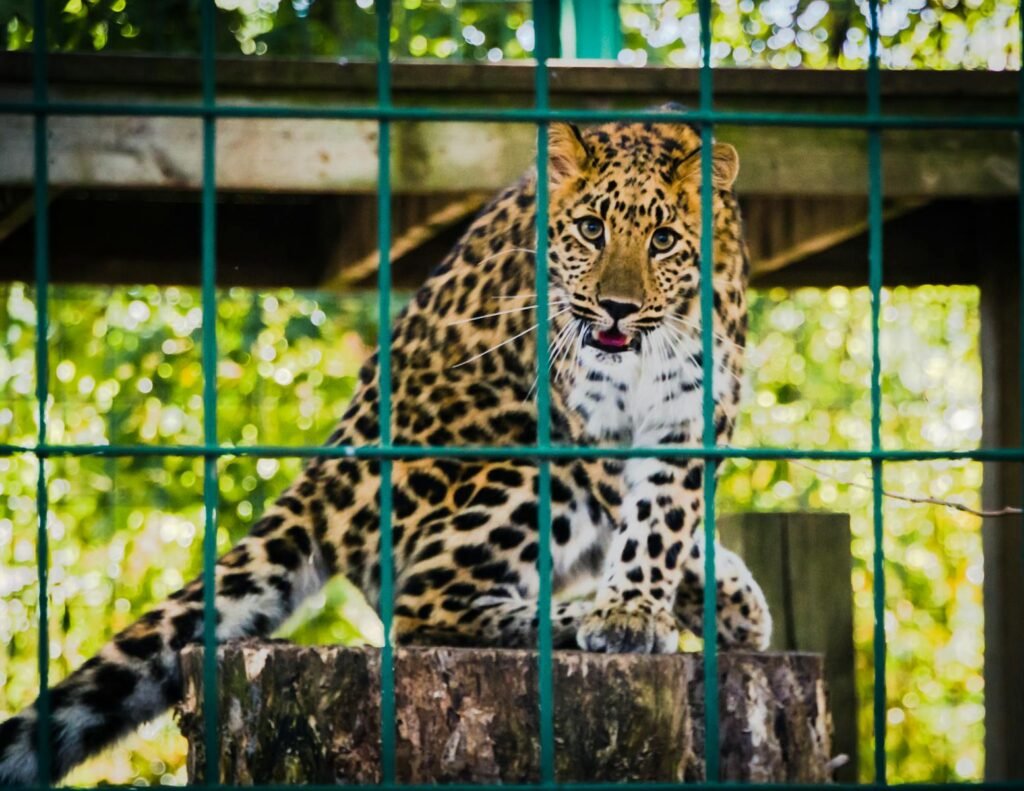
Numerous initiatives worldwide provide valuable insights into rewilding possibilities. Successful case studies, such as those involving Amur leopards and tigers in Russia, offer knowledge crucial for improving methodologies. These projects highlight the need for collaboration among governments, NGOs, and communities.
Future Prospects for Rewilding Big Cats
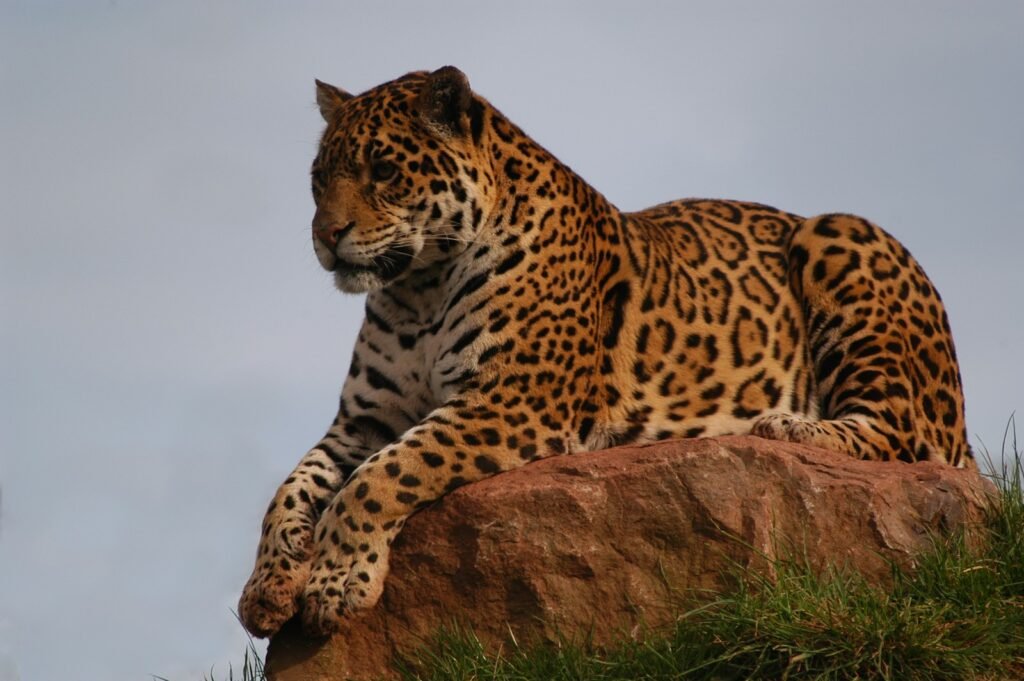
The future of rewilding big cats is promising but demands robust scientific research, community involvement, and policy support. Innovations in telemetry, habitat restoration, and behavioral sciences hold potential for overcoming present challenges. A shared commitment to conservation will be essential to reimagining the existence of big cats in their natural domains.
Conclusion: A Path Forward
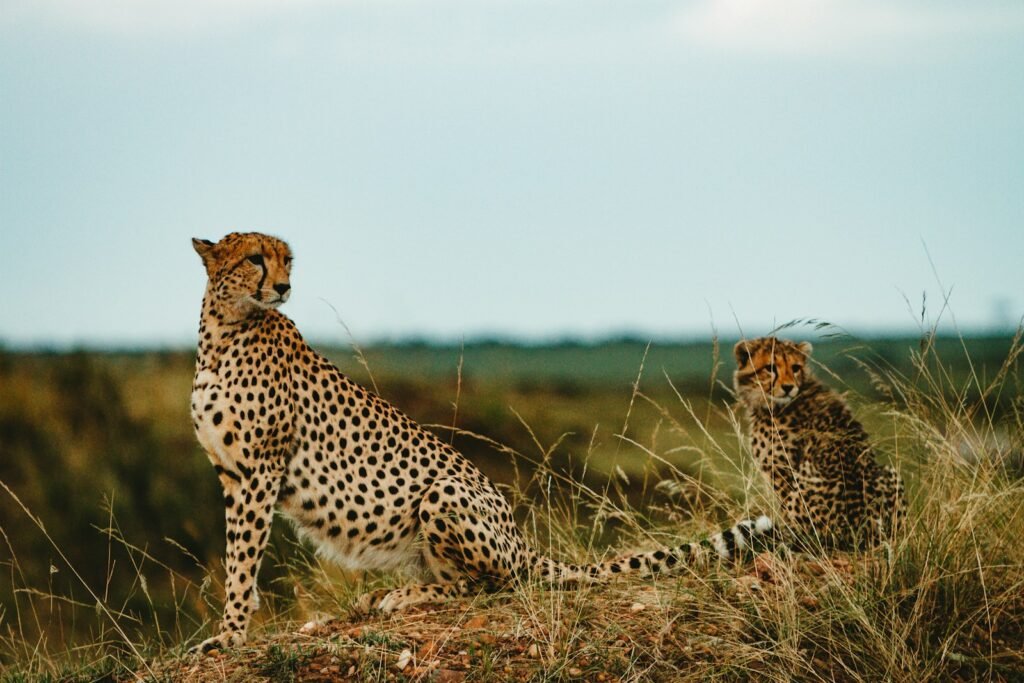
Rewilding big cats from captivity is not an easy task, but it symbolizes hope for biodiversity and ecological balance. As scientists and conservationists continue to collaborate, the path forward will require careful revolutionized conservation strategies respecting the intricate web of life while restoring these magnificent animals to their rightful places in the wild.

Growing up traveling and experiencing new cultures and wonders, I have had a passion for nature, adventuring, photography, and videography. I am currently working towards a BSc in Biodiversity and Ecology at Stellenbosch University, and I hope to specialise in Marine Sciences one day.
Please send any feedback to Feedback@animalsaroundtheglobe.com






